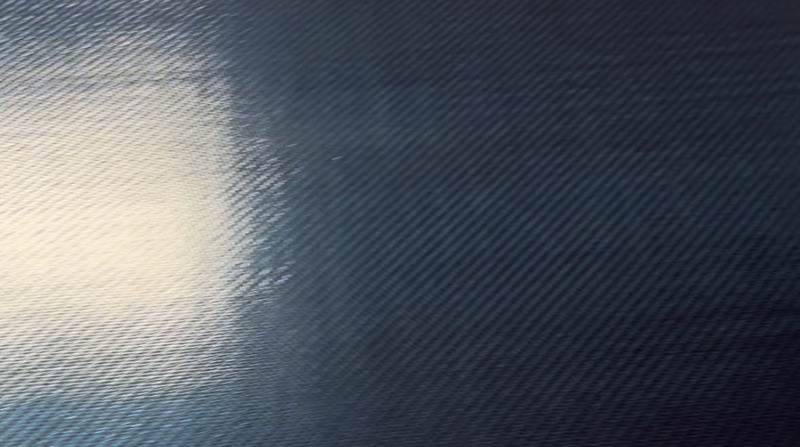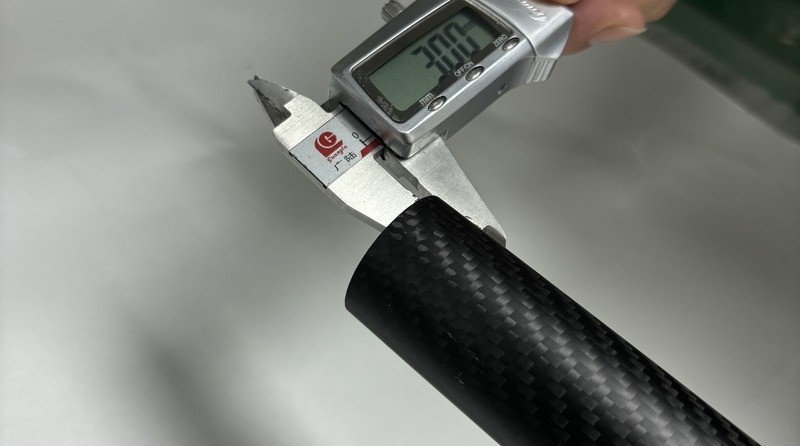Carbon fiber tubes are known for their exceptional strength, lightweight properties, and versatility, making them ideal for various applications, from aerospace to sports equipment and agricultural drones. Producing a high-quality carbon fiber tube requires a precise manufacturing process that ensures the tube’s structural integrity and performance characteristics. Here’s a step-by-step guide to manufacturing a high-quality carbon fiber tube.
1. Material Selection
The first step in manufacturing a carbon fiber tube is selecting the right materials. The key components include:
- Carbon Fiber Prepreg: Pre-impregnated carbon fiber, or prepreg, is the primary material. It consists of carbon fibers embedded in a resin matrix, typically epoxy. The prepreg ensures uniform resin distribution and simplifies the layup process.
- Resin System: The resin used in the prepreg should be chosen based on the desired properties of the final product, such as temperature resistance, flexibility, and strength.
- Mandrel: The mandrel is a cylindrical mold around which the carbon fiber layers are wrapped. It defines the tube’s inner diameter and ensures uniformity. Mandrels are usually made from steel, aluminum, or a dissolvable material like wax or water-soluble plastic.

2. Layup Process
The layup process involves wrapping the carbon fiber prepreg around the mandrel to form the tube. This process must be done with precision to ensure even fiber distribution and eliminate air bubbles.
- Cutting the Prepreg: Cut the prepreg into strips or sheets based on the required tube dimensions. The fibers’ orientation during cutting is crucial, as it influences the tube’s strength in different directions. Common orientations include unidirectional, biaxial, and woven patterns.
- Applying the Layers: Start wrapping the prepreg around the mandrel, layer by layer. The number of layers depends on the desired wall thickness and strength of the tube. Ensure each layer is applied smoothly, with consistent tension to avoid wrinkles or gaps.
- Rolling and Compaction: After laying up the prepreg, use a roller or other compaction tool to press the layers together and eliminate any trapped air. This step is crucial for achieving a void-free laminate, which ensures maximum strength.

3. Curing Process
The curing process solidifies the resin, bonding the carbon fibers together and forming a rigid structure. Curing typically involves heat and pressure.
- Vacuum Bagging: Place the wrapped mandrel in a vacuum bag to remove any remaining air pockets and compress the layers further. This process enhances the fiber-resin ratio and ensures uniform curing.
- Autoclave Curing: The most common method for curing carbon fiber tubes is using an autoclave, which applies both heat and pressure. The temperature and pressure settings depend on the resin system used. The typical curing temperature ranges from 120°C to 180°C, with pressures between 3 to 7 bar.
- Curing Time: The curing time can vary from a few hours to several hours, depending on the resin and the tube’s thickness. Follow the resin manufacturer’s guidelines for optimal curing conditions.
4. Mandrel Removal
After curing, the tube must be removed from the mandrel. The method of removal depends on the mandrel material.
- Metal Mandrel: If a metal mandrel is used, it may require lubrication or a release agent applied before the layup process. The tube can be slid off the mandrel after curing. In some cases, the mandrel is collapsible, allowing for easier removal.
- Dissolvable Mandrel: If a wax or water-soluble mandrel is used, it can be dissolved using heat or water, leaving behind the finished carbon fiber tube.
5. Finishing Operations
Once the tube is removed from the mandrel, it undergoes several finishing operations to achieve the desired dimensions and surface quality.
- Trimming: The ends of the tube are trimmed to the required length using a precision saw or CNC machine.
- Sanding and Polishing: The surface of the tube may need to be sanded to remove any imperfections or rough edges. Polishing can be done to achieve a smooth, glossy finish if required.
- Inspection: Perform a thorough inspection of the tube for any defects, such as voids, delamination, or surface irregularities. Non-destructive testing (NDT) methods like ultrasonic inspection can be used to ensure structural integrity.
- Additional Treatments: Depending on the application, additional treatments such as coating, painting, or threading may be applied.
6. Quality Control and Testing
Quality control is critical in ensuring that the carbon fiber tube meets the required specifications. Testing may include:
- Dimensional Accuracy: Check the tube’s inner and outer diameters, wall thickness, and length to ensure they meet the specified tolerances.
- Mechanical Testing: Perform tensile, compressive, and flexural tests to verify the tube’s strength and stiffness.
- Surface Quality: Inspect the surface for any cosmetic defects that might affect the tube’s performance or aesthetic appeal.

Conclusion
Manufacturing a high-quality carbon fiber tube requires careful attention to detail, from material selection to final inspection. By following this process, you can produce tubes that offer superior performance, durability, and reliability for a wide range of applications. Whether you’re producing tubes for aerospace, automotive, sports equipment, or industrial uses, the key is precision at every step.

